
Delve into a sparkling journey to Iceland, a destination where volcanes meet glaciers. Known for its natural beauty, it offers a unique blend of adventure, opulence and mythical landscapes, Iceland promises an experience like no other. Let the land of fire and ice enchant you with its awe-inspiring scenery, awe inspiring Northern Lights and rich heritage, leaving you with indelible memories that last a lifetime.
Explore Iceland in its true nature, from glaciers, volcanoes, hot springs, and rugged coastlines to the beauty of the lush highlands, this destination offers endless opportunities for adventure, relaxation and exploration. Whether you’re chasing waterfalls, hiking in lava fields, or experiencing the sunset, this Nordic paradise has got you covered.
Iceland is an island nation situated in the North Atlantic and is renowned for its spectacular landscapes, natural beauty and vibrant culture. The capital, Reykjavík, is a stunning city that blends modernity with Viking heritage and offers art, music and culture against the backdrop of nature. Iceland also boasts an array of natural hot springs and the famous Blue Lagoon, making it a dream destination for nature lovers and enthusiasts.
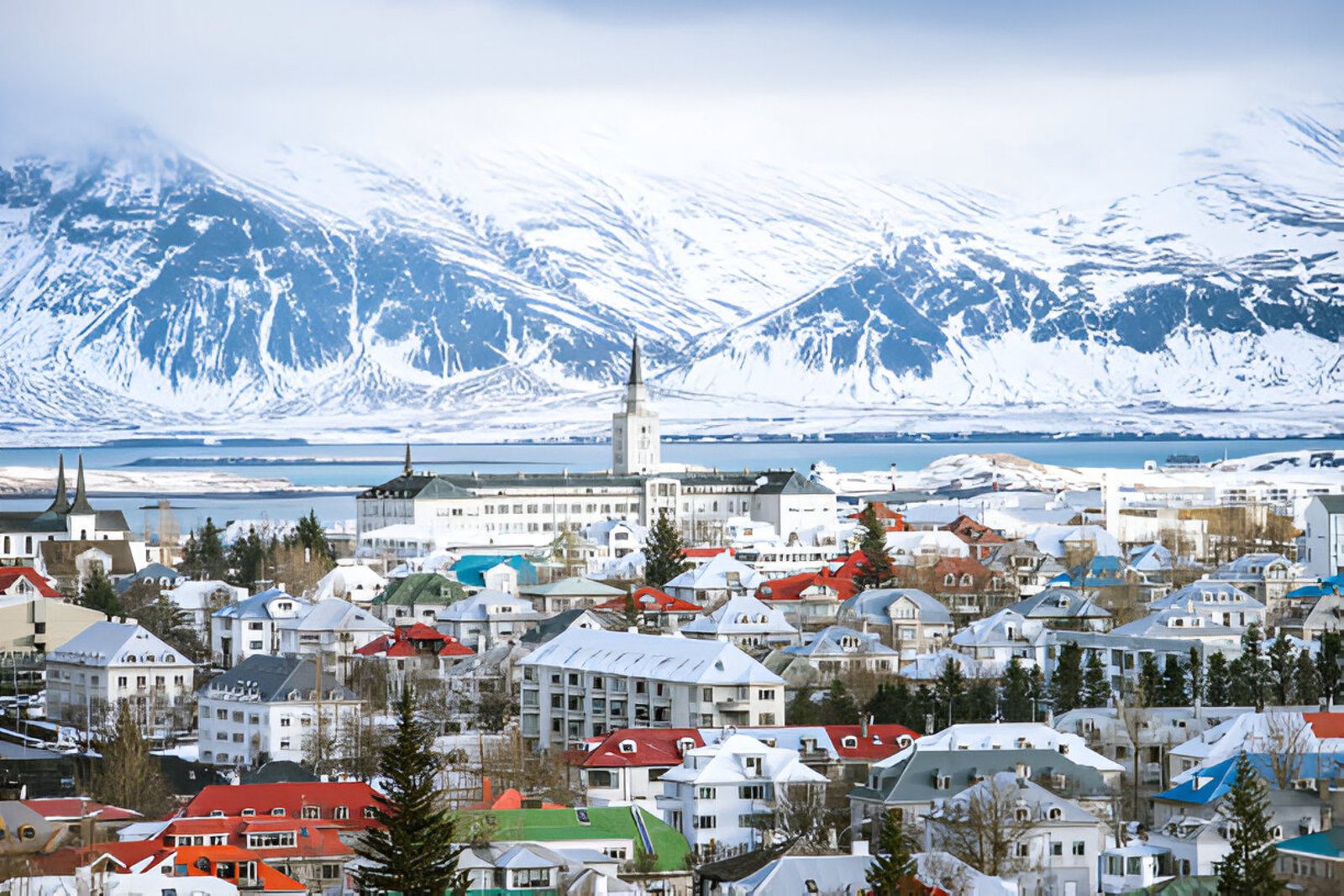
Iceland’s natural beauty is second to none, with every nook and corner offering something unique and auspicious. Here are some top attractions that you shouldn’t miss:
The Golden Circle is Iceland’s most famous tourist attraction. It offering three major attractions in its vicinity.1. Thingvellir National Park: A UNESCO World Heritage Site with a thriving ecosystem. 2. Geysir Hot Springs: The most famous and iconic hot spring . 3. Gullfoss Waterfall: A historical two-tiered waterfall that plunges over to the Hvita River
The capital city Reykjavík is a cultural and artistic hub with a lively atmosphere. One can visit the Hallgrímskirkja Church, explore the Harpa Concert Hall and stroll along the waterfront, scouting fantastic restaurants, shops and museums.
Iceland is one of the best places to witness the Northern Lights. The best time to see the aurora borealis is between September and April, when the skies are dark. Head to remote areas outside the city for the best viewing experience.
For those looking for an escape away from the crowds, the Westfjords offer rugged and remote landscapes filled with steep cliffs, fjords, and wildlife.
From exploring ice caves to whale watching, Iceland offers a range of activities for adventure lovers and nature enthusiasts. Here are some of the top things to do:
Iceland is one of the best places in Europe for whale watching. You get a chance to witness humpback, minke, and even blue whales.
During the winter months, natural ice caves are formed within the glaciers. You can join a tour to explore these stunning blue ice formations in Vatnajökull or Langjökull Glacier.
One of Iceland’s most famous attractions, the Blue Lagoon is located near a lava field near Reykjavík. Visitors can soak in the warm mineral-rich waters while surrounded by stunning volcanic landscapes.
Iceland is home to some of the most stunning waterfalls in the world. Don’t miss Seljalandsfoss, where you can walk behind the cascading water and Skógafoss, one of the largest and most impressive falls.
The best time to visit Iceland is during Summer (June to August) and Winter (November to March). Though Iceland is a year round destination, visiting in these months you can ensure a wonderful retreat with an array of activities and unique experiences.
The local currency is the Icelandic Króna (ISK). Credit cards are widely accepted everywhere including gas stations and small shops.
Renting a car is the best way to explore remote areas and natural wonders. Be sure to check road conditions regularly and consider renting a 4x4 vehicle.
Maps are crucial for navigating Iceland’s rural areas and national parks.
Driving the Ring Road is a popular way to see Iceland’s diverse landscapes. Use a Ring Road map to plan your route, with must-see stops along the way.
Whether you’re hiking across glaciers, relaxing at geysers or soaking in the beauty of lagoons, Iceland offers an unparalleled adventure. With its unique combination of fire and ice, history and modernity this destination offers an unparalleled experience.

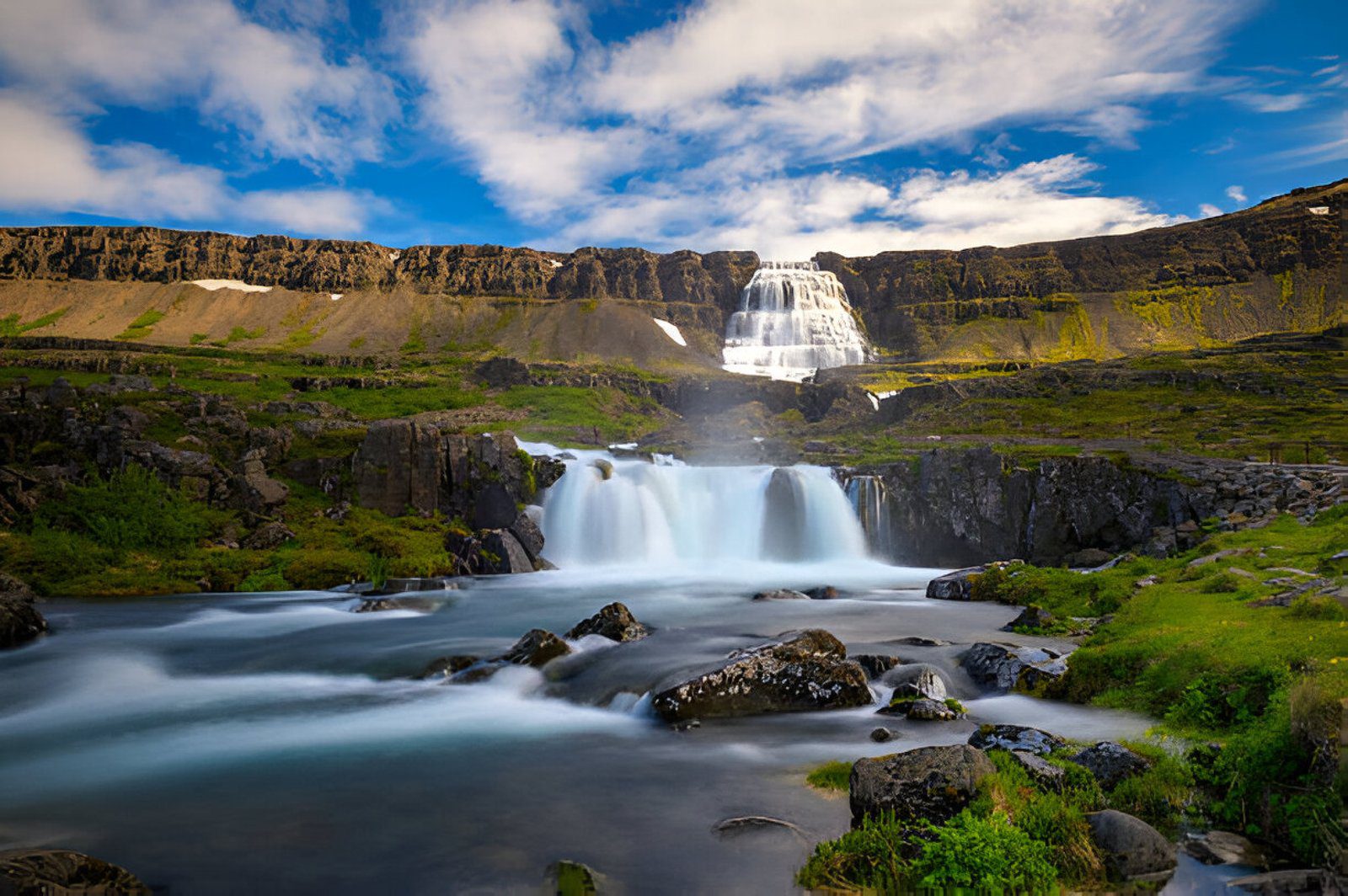


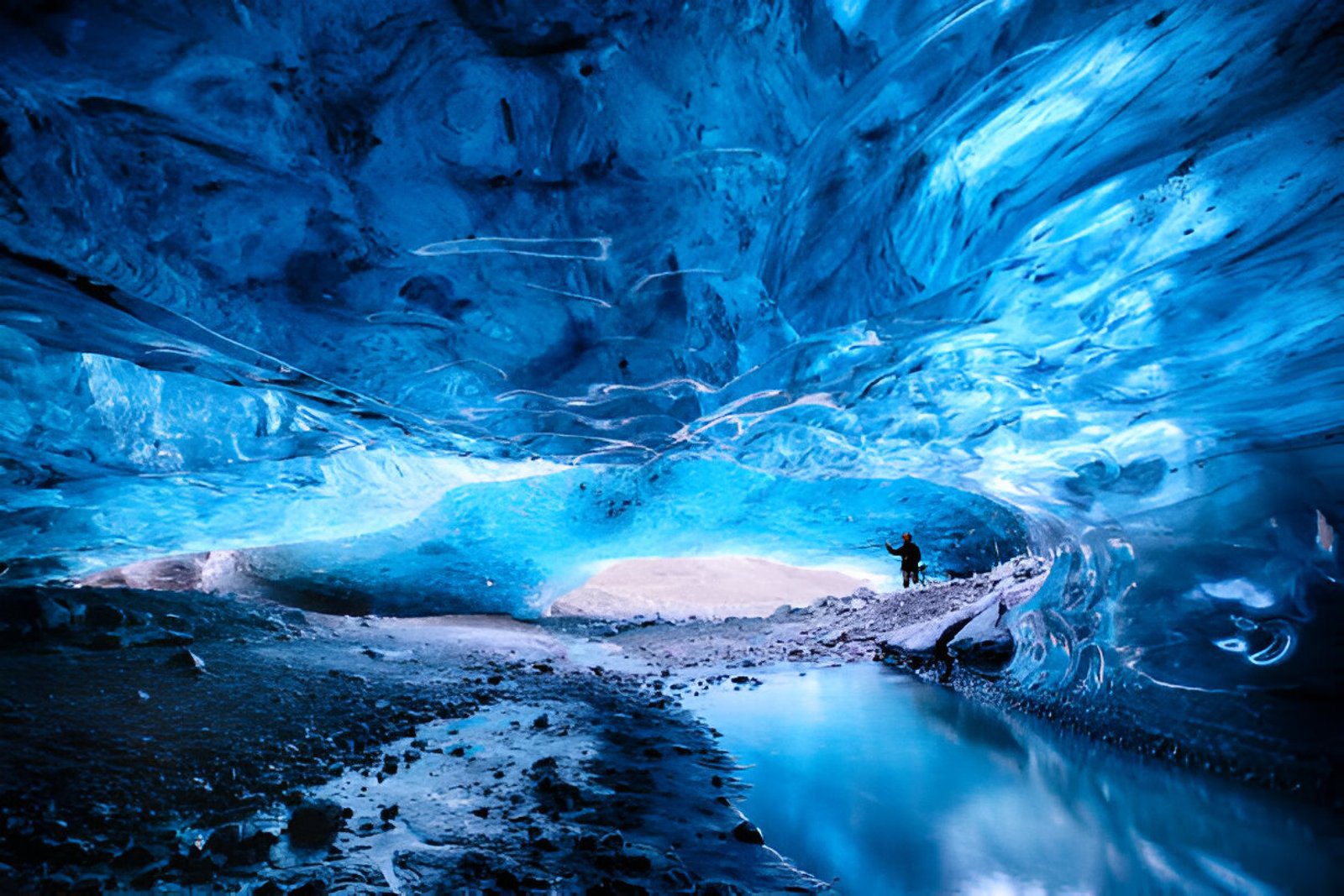
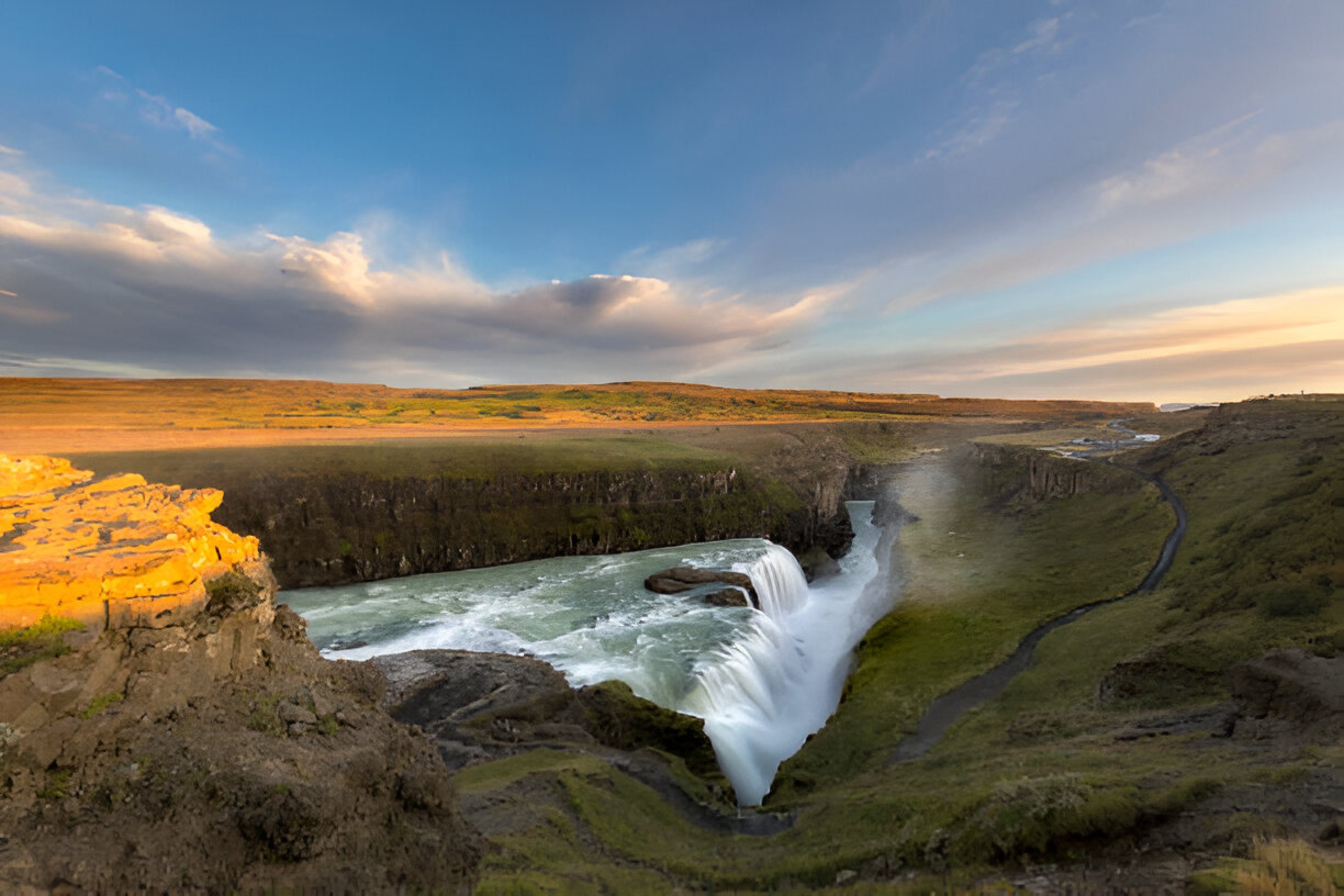
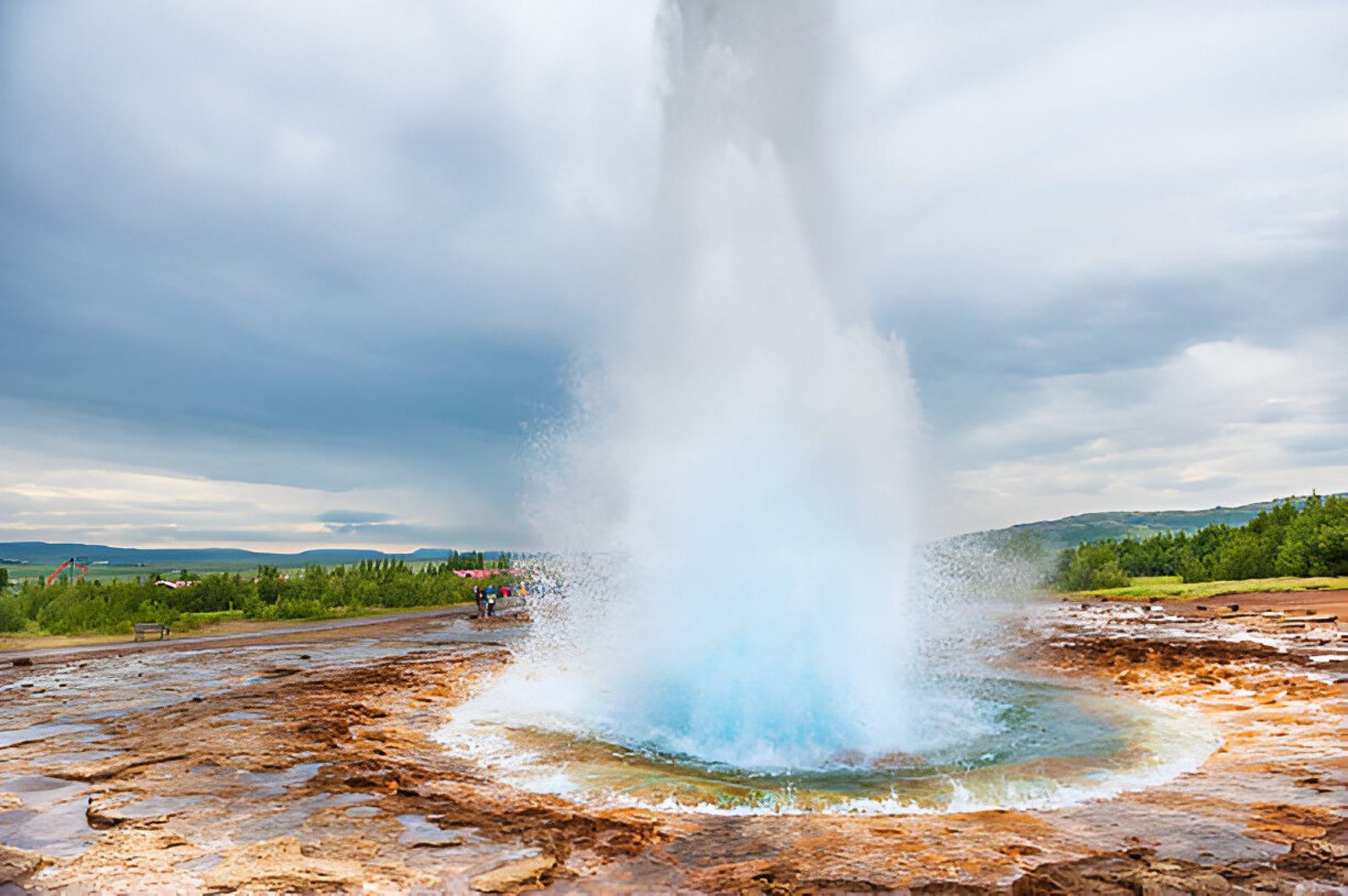
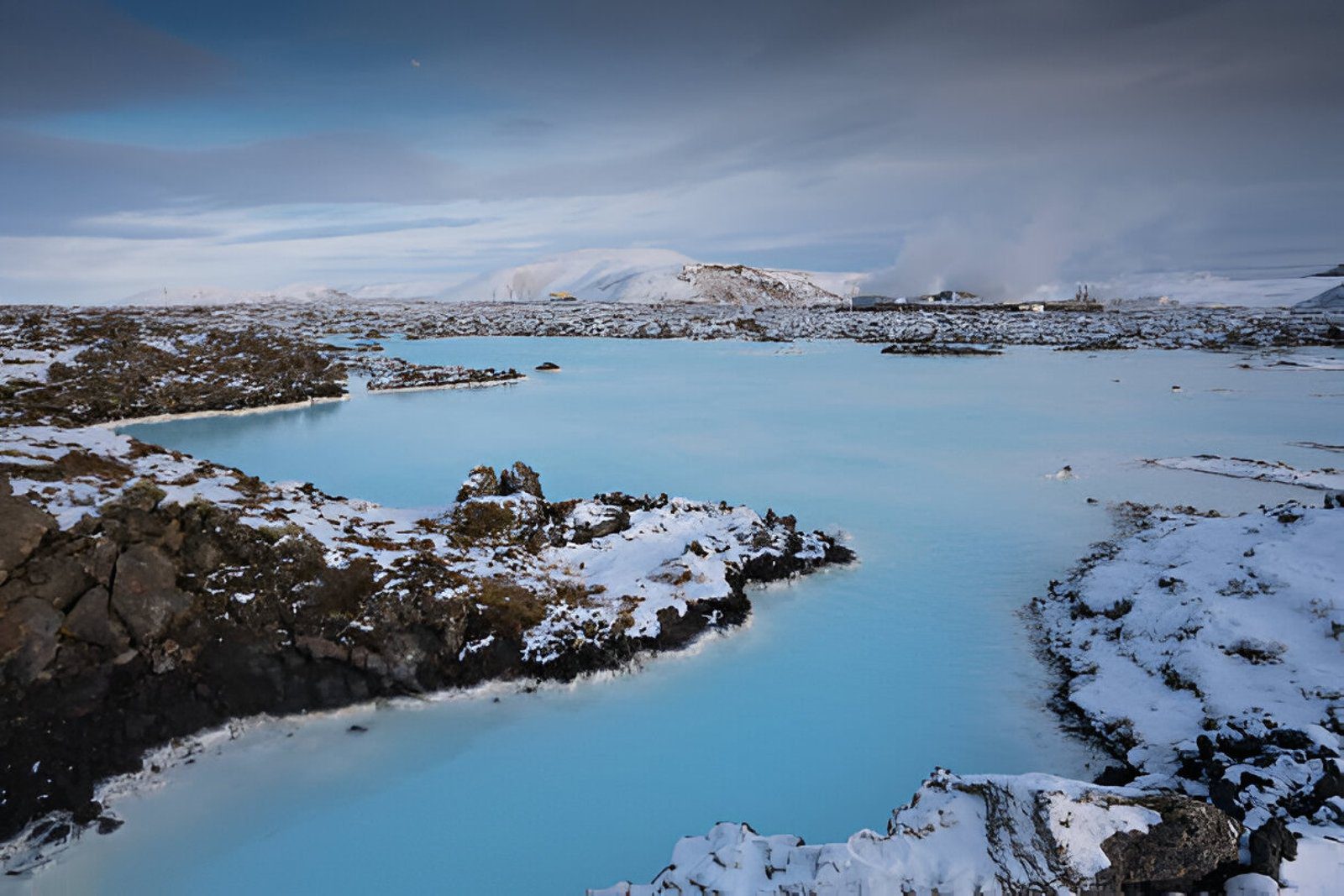


Have questions? we are here to help
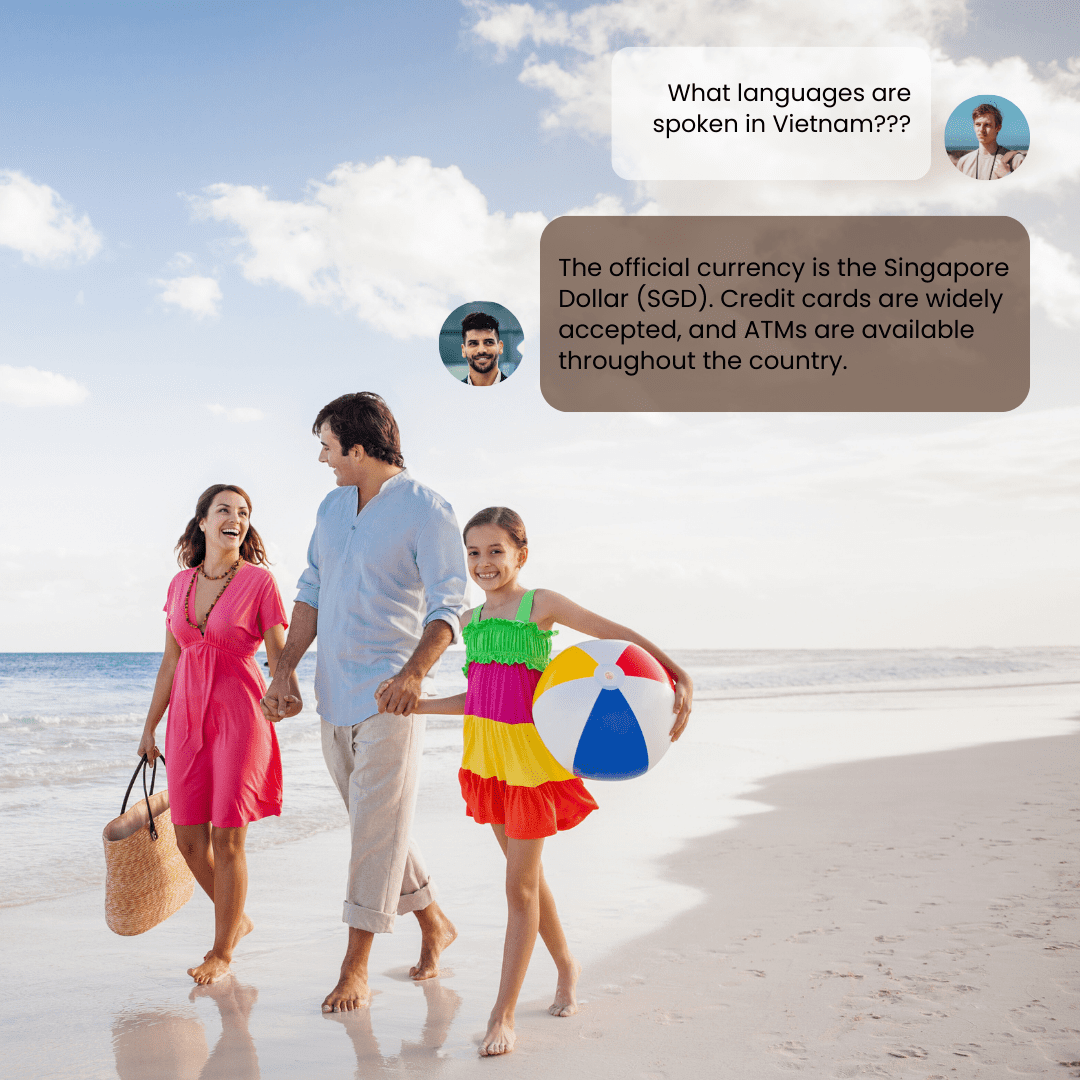
Yes, Indian citizens need a Schengen visa to visit Iceland, as it is part of the Schengen Area. You can apply for the visa through the nearest Icelandic embassy or any Schengen country embassy that represents Iceland. The visa allows travel within Iceland and other Schengen countries for up to 90 days in a 180-day period. Be sure to apply well in advance, as visa processing can take a few weeks.
The best time to visit Iceland depends on your interests. Summer (June to August) offers mild weather, long daylight hours, and accessible roads, making it ideal for road trips and hiking. For those seeking the Northern Lights, visit between October and March, when the skies are darker. Winter offers beautiful snowy landscapes and is ideal for glacier tours, though temperatures can be quite cold.
Currently, there are no direct flights from India to Iceland. The most common route is to fly to Reykjavik via European hubs like London, Amsterdam, Frankfurt, or Paris, with major airlines like Icelandair, Lufthansa, and British Airways offering connections. The total travel time, including layovers, can range from 14 to 18 hours, depending on the route.
Iceland is known for its breathtaking landscapes. Key places include Reykjavik, the capital city; the Golden Circle, featuring the Geysir geothermal area, Gullfoss waterfall, and Thingvellir National Park; and the stunning South Coast with the Seljalandsfoss and Skógafoss waterfalls. Other highlights include the Blue Lagoon for a geothermal spa experience, Jökulsárlón Glacier Lagoon, and Vatnajökull National Park. For Northern Lights enthusiasts, winter tours from Reykjavik are popular.
The currency in Iceland is the Icelandic Króna (ISK). Indian Rupees (INR) are not accepted, so you’ll need to exchange INR for ISK or withdraw cash from ATMs upon arrival. Credit and debit cards are widely accepted throughout Iceland, even for small purchases, making it easy to travel cash-free. However, carrying some cash is recommended if you plan to visit remote areas.
There is much more to explore and experience in India than the usual tourist spots, the usual hill stations and the waterfall picture you seen a thousand times in magazines. There is an absolutely new and unexplored India waiting for you to come and discover.